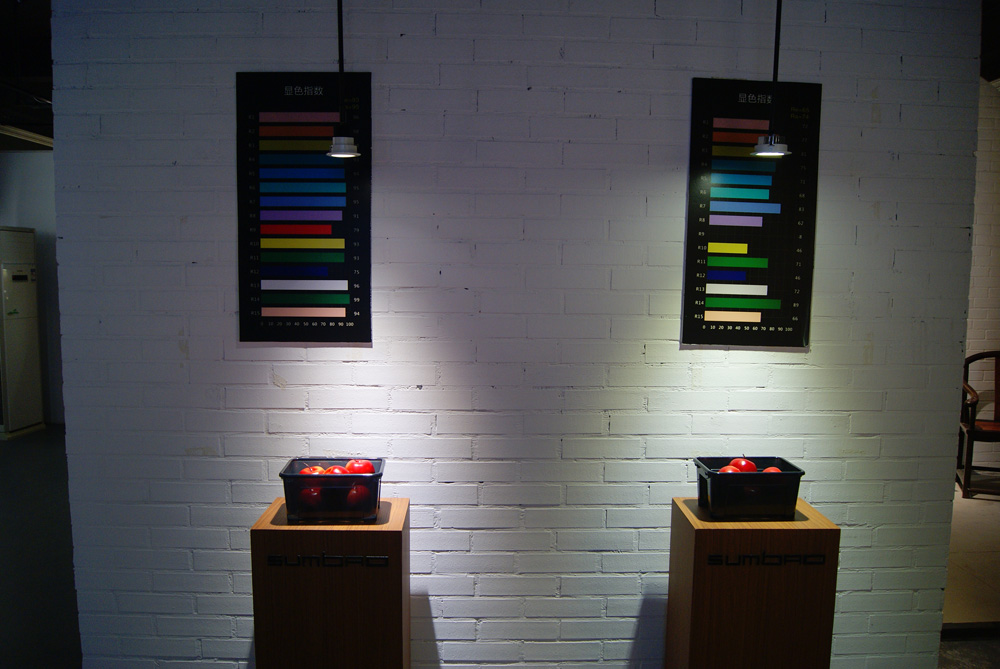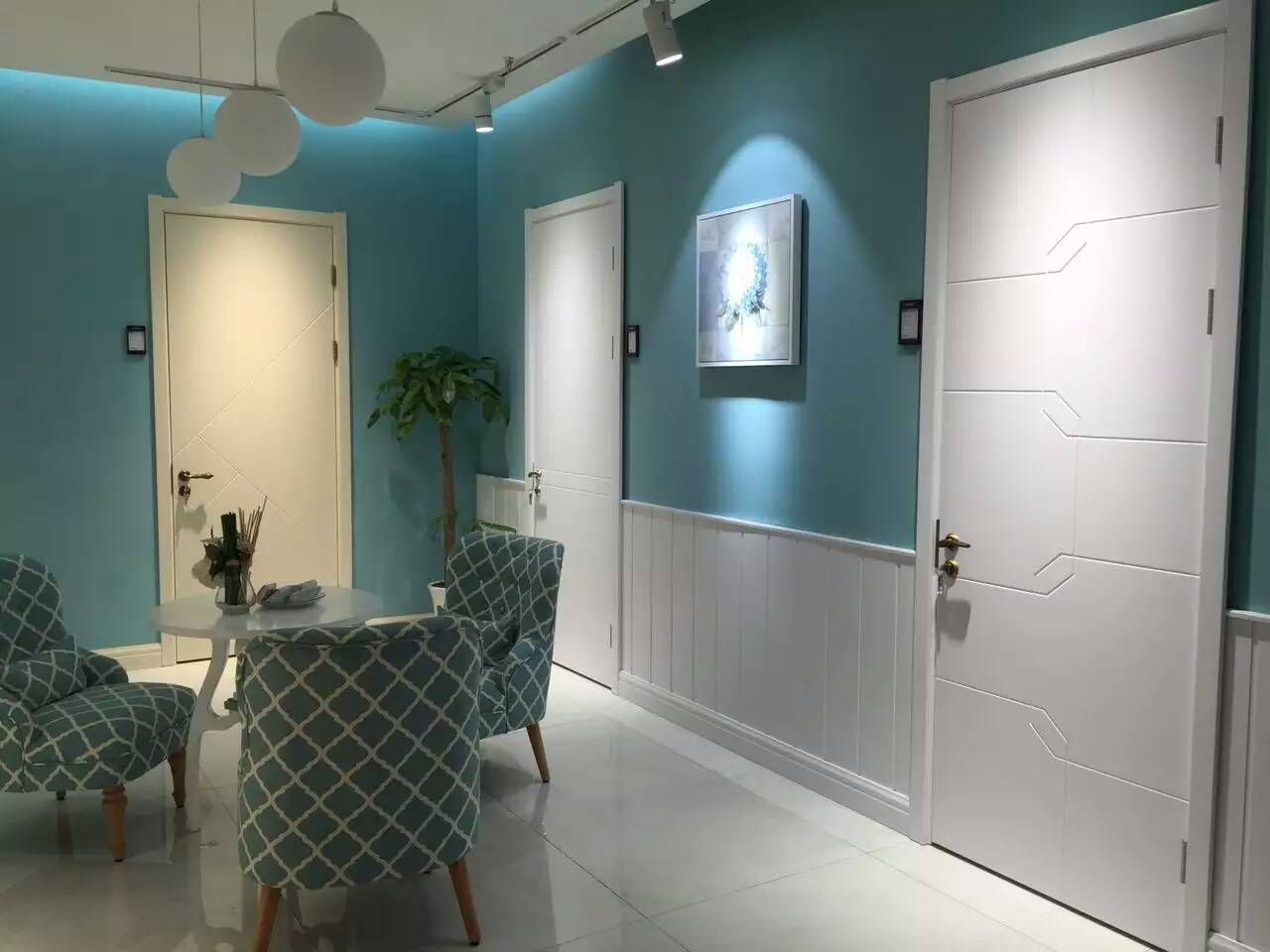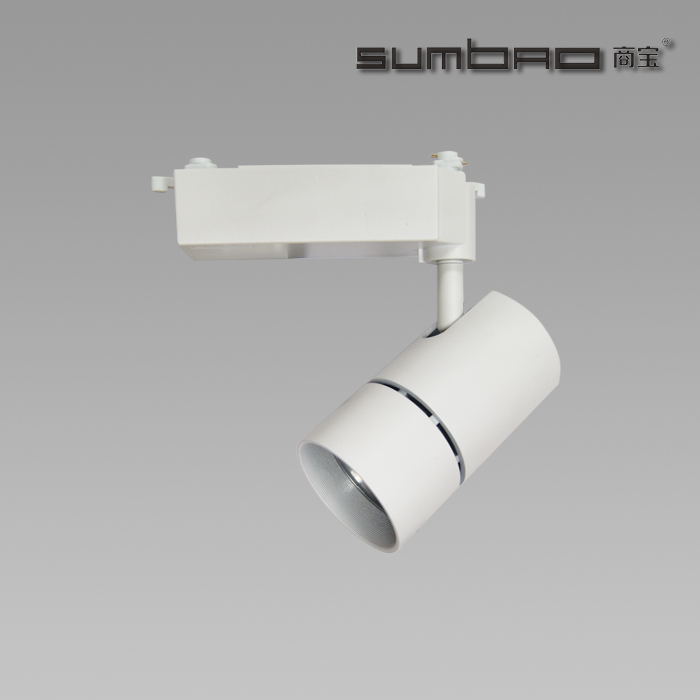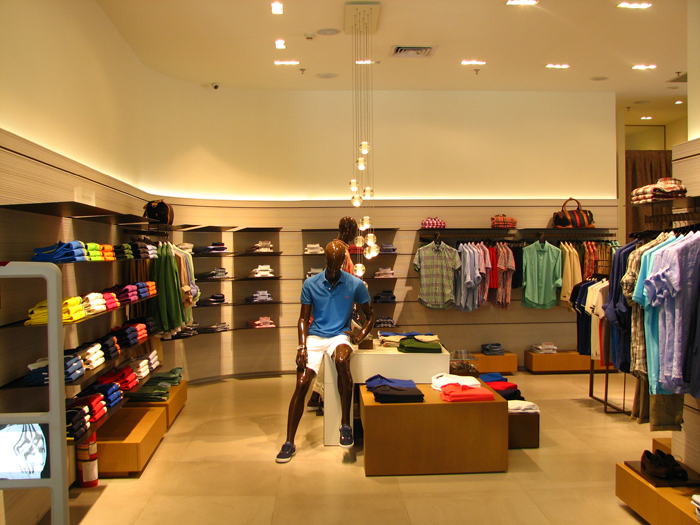Commercial LED lighting for high end retail stores can help highlight certain parts of a store or provide a specific mood. LED lights in particular make excellent lamps with their longevity and color options.
Here are several ideas about how to get great LED lighting for shop lighting.

When first picking out proper retail store lighting, you need to make a choice between visibility and appearance. In other words, what do you want commercial LED lighting for? Do you want to make it easier for people to see the details on products or marketing materials, or are you using it primarily for its aesthetic effect?
This choice will affect every other decision you make down the line, so it’s important that you start with this. Grocery stores and hardware stores, for example, may prefer visibility and plain white LEDs. Clothing and décor stores may prefer appearance and colorful blues and reds. It’s all about high lighting your brand, arousing shopper’s attention and creating a comfortable and special shopping experience.
Directional Lighting is the Key

Commercial LED lighting is almost always directional lighting, which means you need spotlights, down light and track lights to use it effectively. The exception is using LED as back lighting and other lighting effects. This is best accomplished by designers who professionally balance all the elements of proper lighting.
Generally speaking, you need the space and lighting products for directional lighting. Directional lighting requires the right space and lighting products.
Highlight Products

This may seem obvious, but if you think your store could be improved with accent lighting, then start by looking at your products. You don’t want to highlight random shelves or corners when there’s nothing there to see. Instead, focus your accent lighting on real products, preferably large products or product selections where you want to draw the customers’ attention.
Have a special offer going on? Highlight it. A particularly large product or display? That’s where you need accent lighting. Not every product in your store needs to be accented with its own lights, but using a few accent lights here and there can make a big difference in your product displays choices. Be careful by putting too many LEDs on your products – you don’t want to dazzle the customer so much they don’t look at the product itself!
Lead Customers

Another common goal for accent lighting is to lead customers. The course is created by using accents lights to pull customers from one area to another through signals and contrasts.
This works if you want customers to take a specific path through your store. Perhaps not as useful for a grocery stores (which use other methods of customer leading), but many retail businesses can make use of this tactic to draw customers on through specific areas to encourage cross-selling and impulse purchases. LED backlighting and color shifts are particularly useful here.
Subtle is Better

Yes, spotlights were mentioned above, but that doesn’t mean that you should use burning-bright spotlights as your accent lighting for retail stores. The “accent” part of the lighting means that these LED lamps should provide subtle, quiet illumination, possible in different shades for effect.
Many LED lamps can switch colors according to set patterns if necessary, without creating too much glare. Bright spotlights may do well at a concert, but they do nothing for your products except give them too much glare and annoy or blind your customers. Use a light touch.
Follow the Price

Still want ideas about how to use accent lighting? Think about your prices. Your high-end products and featured products make great targets for accents and various types of spotlighting. This encourages attention and makes it easier to sell these items, no matter where you need to place them.

